When you hear “gluten‑free,” you probably picture rice noodles or almond flour, but a whole swath of everyday foods are naturally gluten‑free even though many assume the opposite. Gluten‑free foods are foods that contain no wheat, barley, rye or their hybrids. Gluten‑free foods can be whole grains, legumes, tubers, fruits or processed items that have been verified free of gluten. Knowing which items fit the bill can make grocery trips easier, broaden meal ideas, and keep your diet safe without endless label hunting.
Why the confusion?
Gluten is a protein found in specific cereals-wheat, barley, rye, spelt and triticale. Because those grains dominate Western baking, many people mistakenly lump any grain‑based product into the “gluten” bucket. The reality is that dozens of grains, seeds and tubers never develop gluten, even though they look or taste similar to their gluten‑containing cousins.
Naturally gluten‑free staples you can trust
- Quinoa is a seed that cooks like a grain. It provides 8g of protein per cup and is completely gluten‑free. Originating from the Andes, quinoa became popular in the 2000s for its nutty flavor and quick cooking time.
- Rice, both white and brown, is the world’s most consumed staple. A single cup of cooked brown rice delivers about 3.5g of fiber, and it contains zero gluten by nature.
- Corn kernels, cornmeal, polenta and masa harina are all derived from maize, a non‑cereal grass. One ear of corn offers roughly 2g of protein and is safe for any gluten‑free regimen.
- Buckwheat isn’t a wheat at all; it’s a pseudocereal related to rhubarb. Buckwheat flour is a classic ingredient in French crêpes and Japanese soba noodles (the 100% buckwheat versions). \n
- Amaranth is another ancient seed, rich in lysine, an essential amino acid many grains lack. Three tablespoons of popped amaranth add 2g of protein and a pleasant crunch.
- Millet is a tiny, round grain that cooks in about 15minutes. It’s a staple in parts of Africa and India and supplies around 2g of protein per cup.
- Potatoes and their orange cousin, sweet potatoes, are tubers that contain no gluten. A medium baked potato packs about 30g of carbs and 4g of protein.
- Beans (black, kidney, cannellini, etc.) are legumes, not grains. A half‑cup of cooked black beans offers 7g of protein and 8g of fiber, all gluten‑free.
Less obvious gluten‑free choices
Beyond the obvious grains and tubers, several processed foods often surprise people:
- Certified gluten‑free oats: regular oats are frequently contaminated, but brands that undergo a dedicated cleaning process are safe.
- Tamari soy sauce: traditional soy sauce uses wheat, but tamari is brewed with 100% soy, making it a gluten‑free alternative.
- Polenta: a coarse cornmeal porridge that can be served soft or set and baked-always gluten‑free.
- Rice flour tortillas: thin, pliable, and perfectly suitable for tacos or wraps.
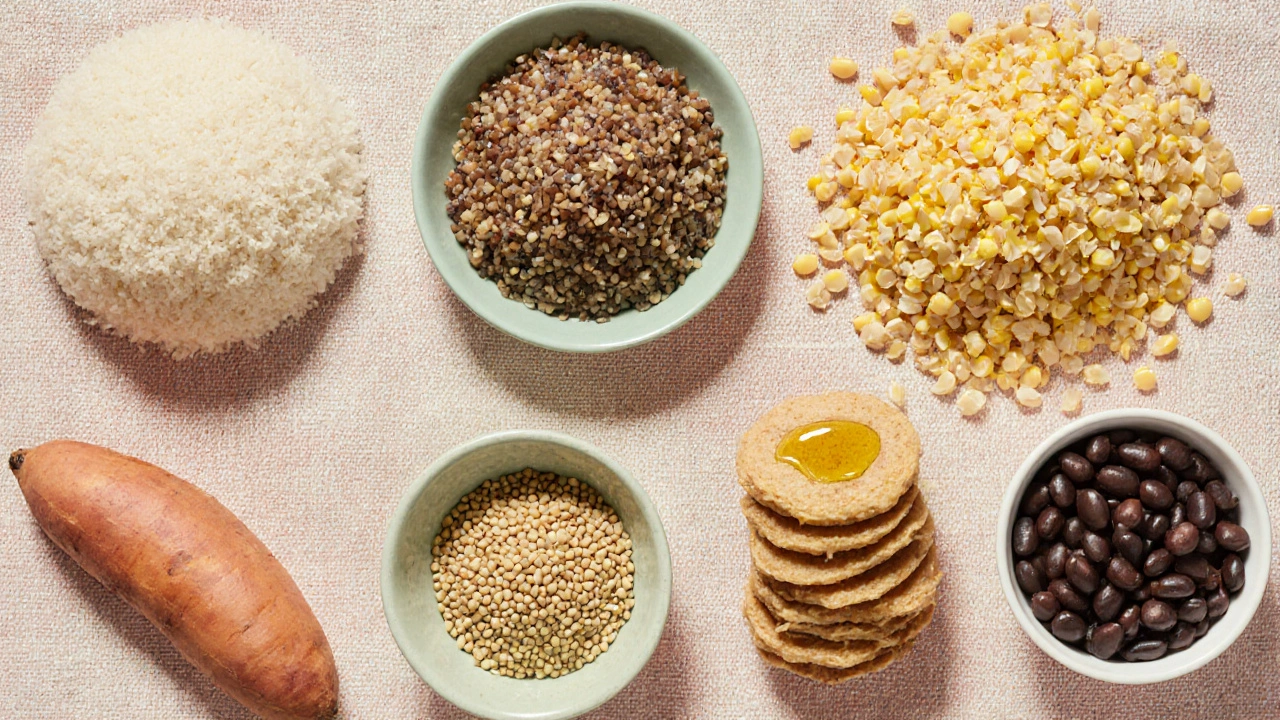
Quick comparison: What’s often mislabeled?
| Food often assumed to contain gluten | Actual gluten status | Typical uses |
|---|---|---|
| Quinoa | Gluten‑free | Salads, side dishes, breakfast porridge |
| Rice noodles | Gluten‑free | Stir‑fries, soups, spring rolls |
| Corn tortillas | Gluten‑free | Tacos, quesadillas, wraps |
| Polenta | Gluten‑free | Breakfast porridge, side dish, baked loaf |
| Mashed potatoes | Gluten‑free | Side dish, topping for shepherd’s pie |
| Chickpea flour | Gluten‑free | Pancakes, binders in veggie burgers |
| Oats (certified) | Gluten‑free | Granola, oatmeal, baking |
How to verify a product truly is gluten‑free
Even naturally gluten‑free foods can become contaminated during processing. Follow these three checks before you buy:
- Look for a gluten‑free certification. In the UK, the Cross‑Check or Coeliac UK symbols indicate that testing has confirmed < 20ppm gluten, the accepted threshold.
- Read the ingredient list for hidden wheat, barley or rye derivatives-terms like “malt,” “hydrolyzed wheat protein,” or “brewer’s yeast” are red flags.
- Check the manufacturer’s website for a dedicated gluten‑free production line. Shared facilities increase cross‑contact risk.
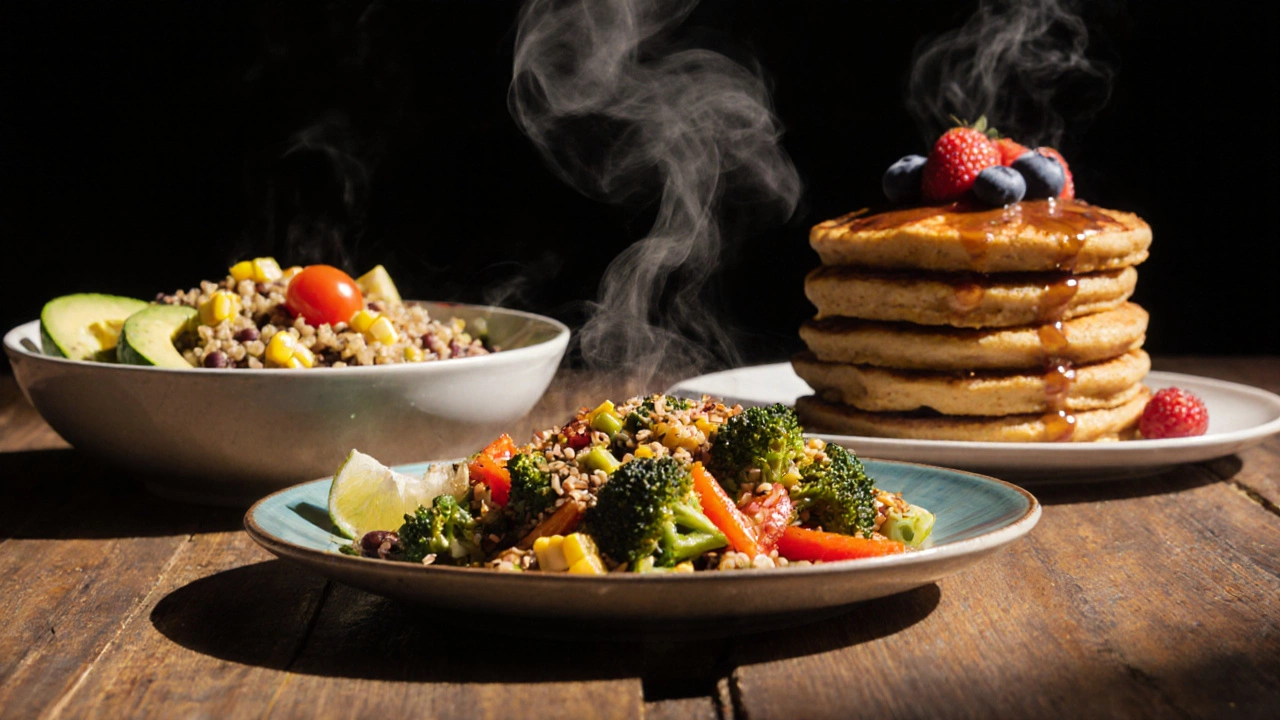
Cooking tips to keep gluten out of the kitchen
- Use separate cutting boards and utensils for gluten‑free and gluten‑containing items.
- Toast grains like quinoa or millet in a clean pan before cooking; the aroma helps you avoid accidental mixing.
- Rinse canned beans thoroughly to wash away any starch residues that might contain hidden gluten.
- Store gluten‑free flours in airtight containers labeled clearly, preferably on a high shelf away from wheat flour.
Sample meal ideas using the surprise stars
Here are three quick plates that showcase the unexpected gluten‑free lineup:
- Quinoa‑black bean bowl: Cook quinoa, toss with black beans, corn, diced tomato, avocado, lime juice, and a drizzle of tamari. Ready in 20minutes.
- Millet‑vegetable stir‑fry: Sauté bell peppers, broccoli, carrots in olive oil, add cooked millet, splash of certified gluten‑free soy sauce, finish with toasted sesame seeds.
- Sweet‑potato‑buckwheat pancakes: Blend cooked sweet potato, buckwheat flour, egg, milk, a pinch of baking soda. Fry in a non‑stick pan; serve with fresh berries.
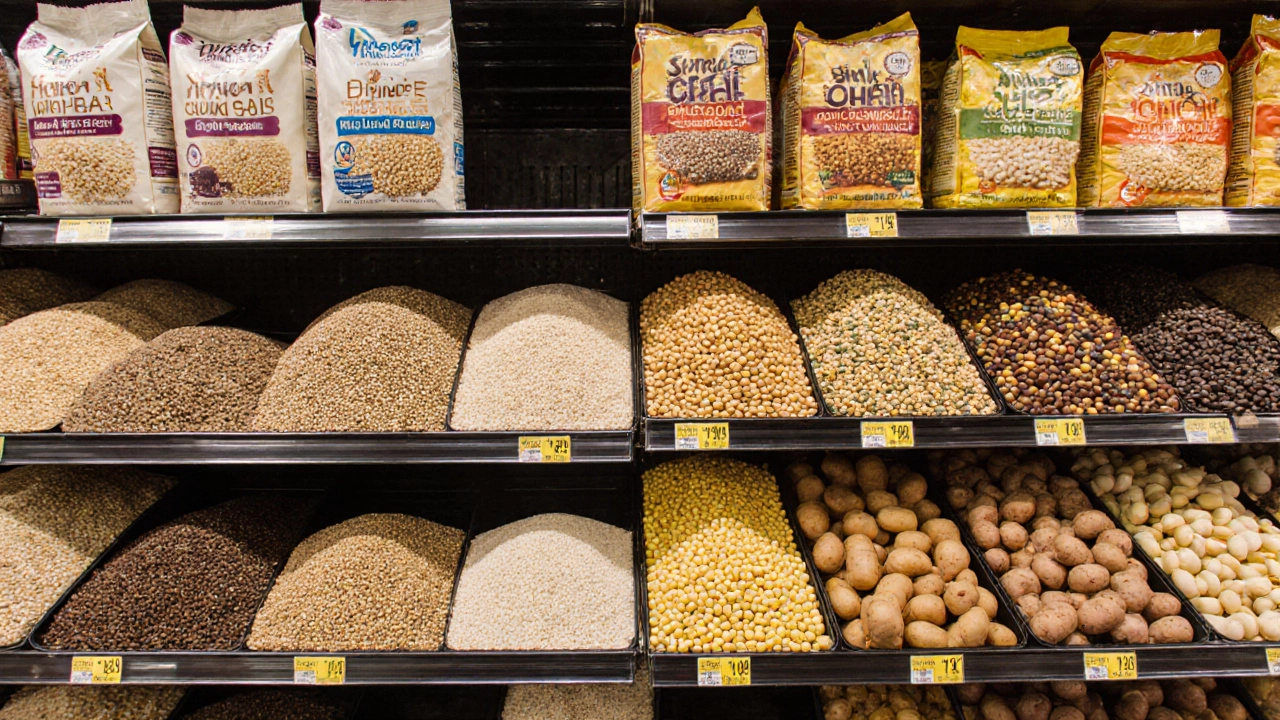
Key takeaways
- Gluten‑free doesn’t mean boring-many whole grains, legumes, and tubers are naturally safe.
- Always verify certifications to avoid cross‑contamination.
- Separate kitchen tools and store gluten‑free staples properly for peace of mind.
Frequently Asked Questions
Can oats be gluten‑free?
Whole oats themselves contain no gluten, but they are often processed in facilities that handle wheat. Look for brands that carry a certified gluten‑free seal to be safe.
Is soy sauce always loaded with wheat?
Traditional soy sauce is brewed with wheat, but tamari-a Japanese variety-uses only soy. Choose tamari labeled gluten‑free for sauces and marinades.
Do processed gluten‑free breads contain hidden gluten?
Reputable gluten‑free brands test each batch and label accordingly. Still, read the ingredient list for additives like maltodextrin that could be wheat‑derived.
Can I eat rice noodles at a restaurant?
Yes, as long as the kitchen uses a separate pot and serving utensils. Ask the staff about cross‑contamination practices.
What’s the best way to store gluten‑free flours?
Keep them in airtight containers, label clearly, and store in a cool, dry place. For long‑term storage, a sealed freezer bag works well.
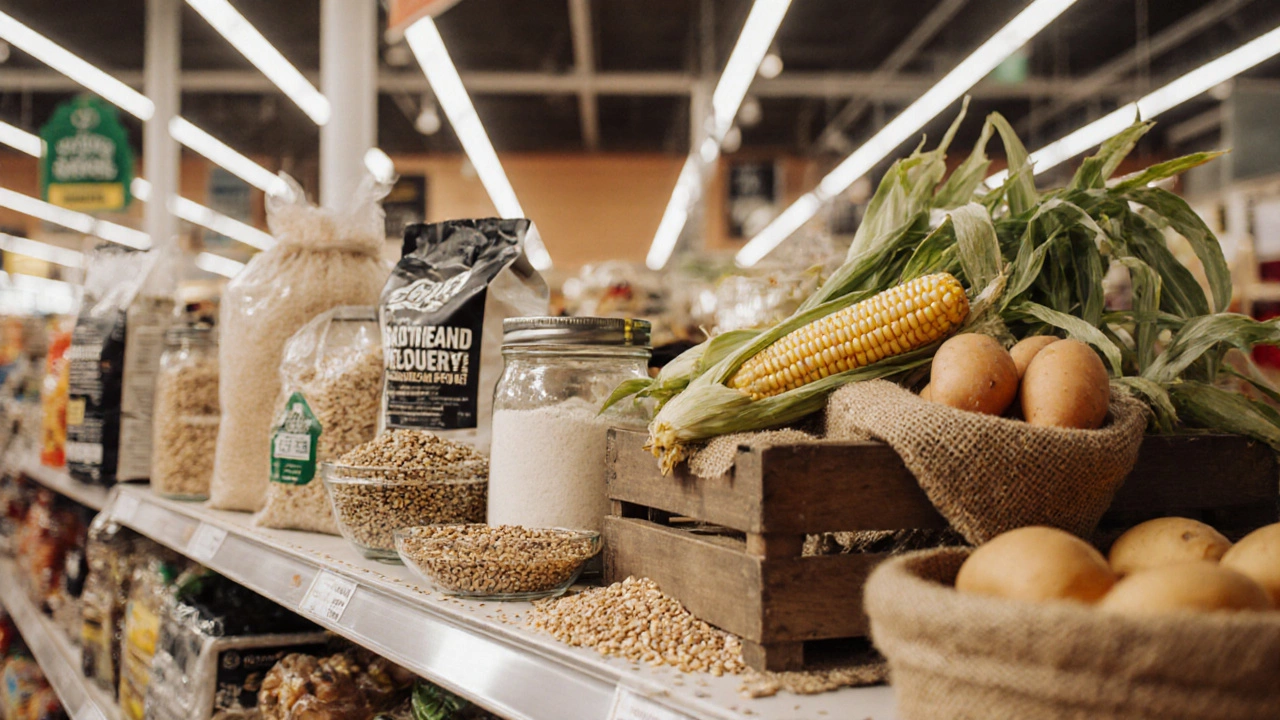

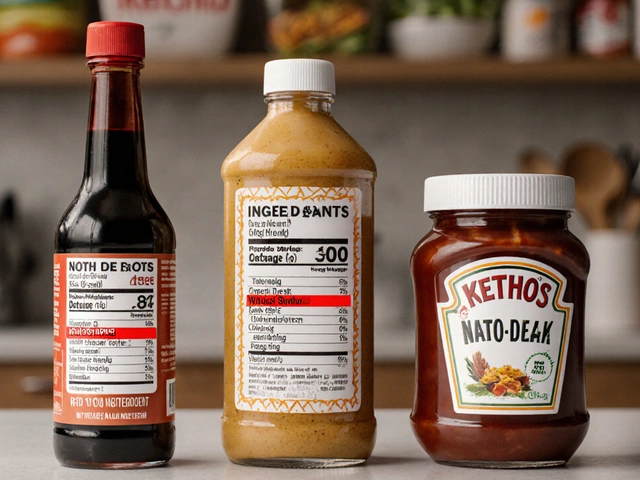
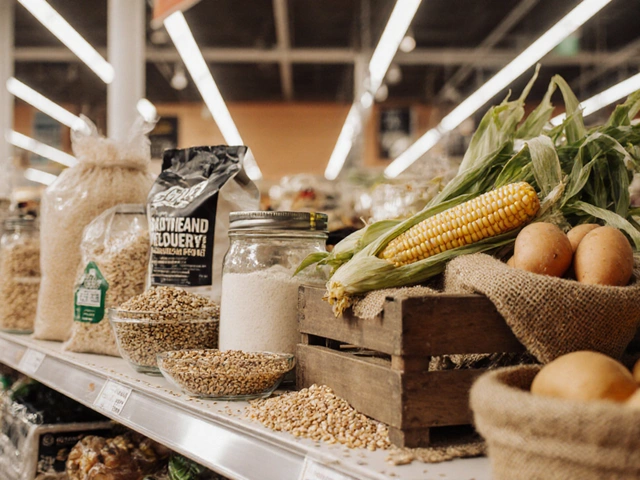
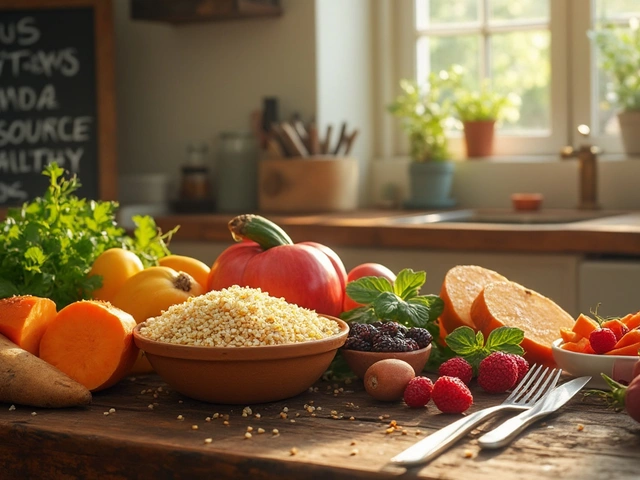
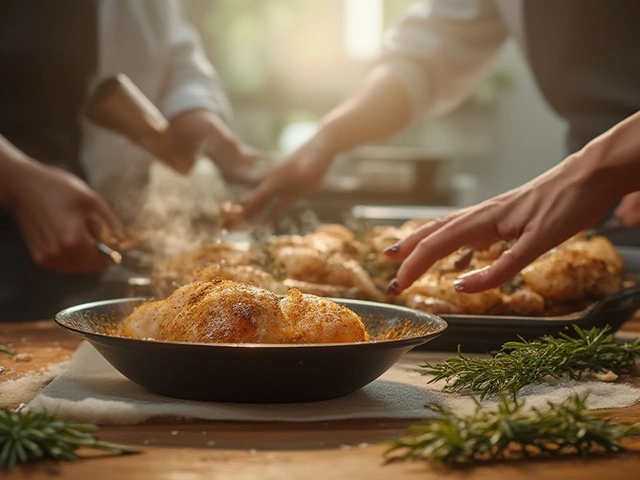
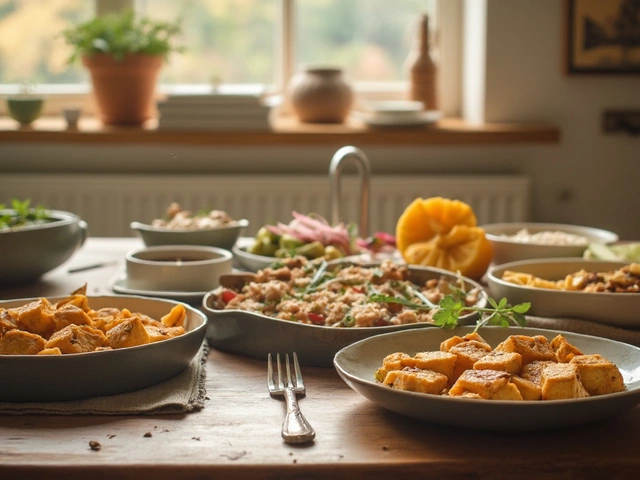
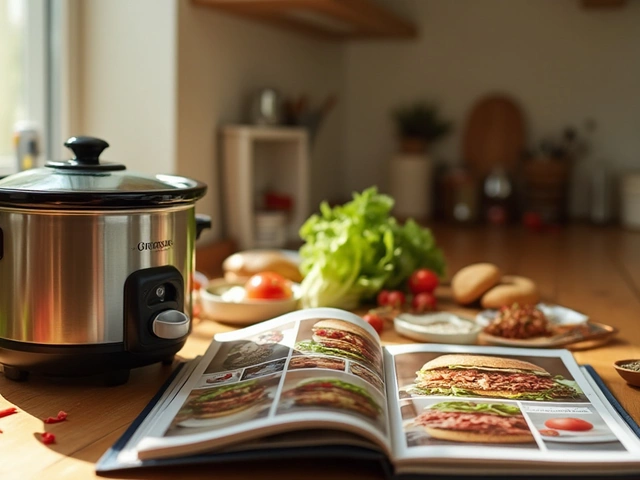

Write a comment